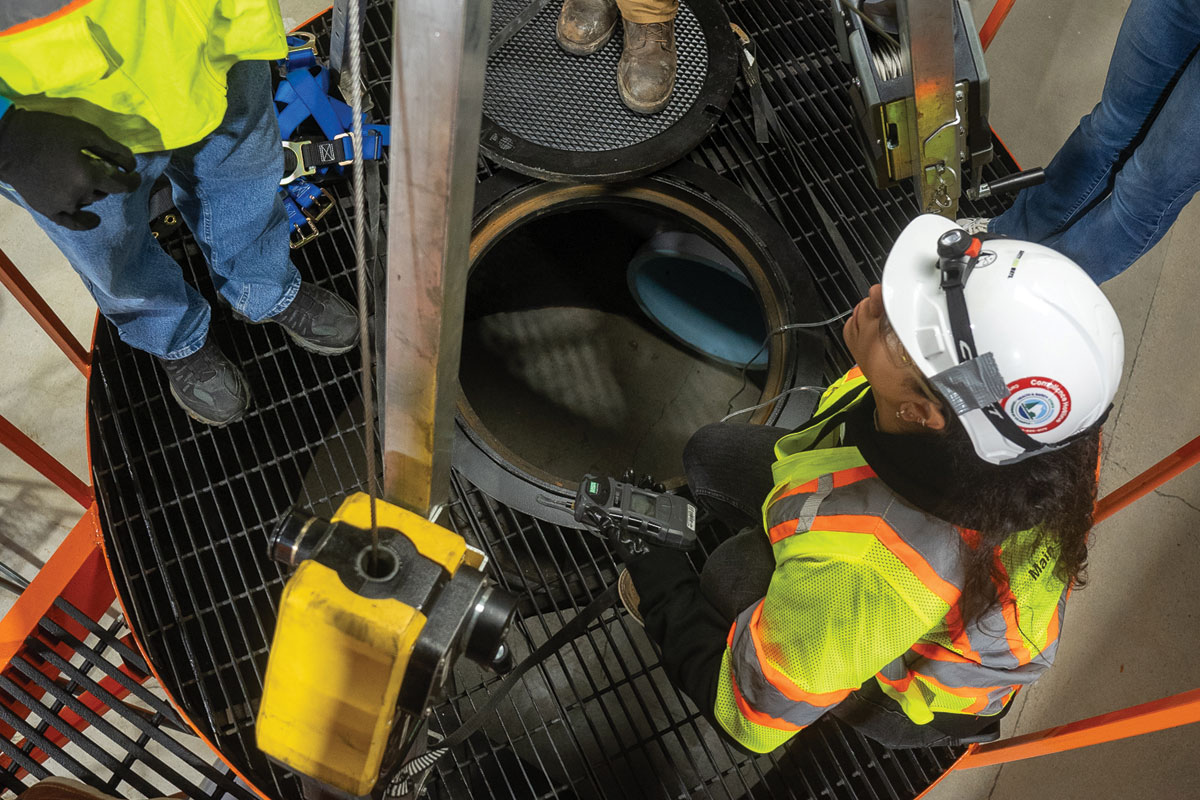
Natural Gas Will Run from the United States through Northeastern and North-central Mexico
May 15, 2015
 Mexico is undergoing an enormous natural gas pipeline project, the like of which has not been embarked upon in more than 50 years.
Mexico is undergoing an enormous natural gas pipeline project, the like of which has not been embarked upon in more than 50 years.The Los Ramones project is solving a crisis in the Mexican energy market brought on by urgent challenges of the supply of natural gas facing the country. Los Ramones is also contributing to an efficient, competitive supply, which will impact Mexican fuel prices once completed.
Under this project’s parameters, natural gas from the United States — specifically Rio Grande City, Texas — will be run through Northeastern Mexico to West-central Mexico, and is expected to meet the demand for at least 20 percent of consumption in that part of the country.
The entire Los Ramones scheme is a pipeline system with a length of just more than 621 miles (1,000 km) going through six Mexican states: Tamaulipas, Nuevo Leon, San Luis Potosi, Aguascalientes, Queretaro and Guanajuato. The design consists of 48-, 42- and 24-in. pipe with five compressor stations. Phase I of Los Ramones was completed in December 2014, with 70 miles (114 km) of 48-in. pipe going from Camargo, Mexico, to San Ramones, Mexico. A total of 18 crossings were completed. Phase II began just as Phase I ended and is split into two parts, North and South.
Los Ramones Phase II South has not yet begun and will run from Ramones, Mexico to Queretaro, Mexico. Los Ramones Phase II North is well under way with 274 miles (441 km) from Nuevo León, Mexico to San Luis Potosí, Mexico. The owner of the project is TAG Pipelines, which has contracted to AOT Pipelines. The actual crossings are being done by sub-contractor, Ingenieria En Tuneles Y Redes, S.A. de C.V. (Intur) based in Monterrey, Mexico.
With several auger boring machines already at work in central Mexico, Intur is installing 37 crossings of 42-in. pipe under paved roads, railways, channels and existing pipelines.
Intur owner, Jorge Miron has equipped his 70-employee contracting business with the tools necessary to perform all the crossings for this essential Mexican gas project. Miron owns five auger boring machines made by American Augers and all will be working throughout the Los Ramones development, with an expected completion date of December 2015.
Auger Boring’s Role
While working for Mexico’s public works and utilities, Miron had only read about the new technologies and methods for pipe installation. In 2000, Miron attended a trenchless industry conference in the United States to learn how these methods worked and what equipment was needed to undertake such ventures. Starting with three Hammerhead Moles (8, 12 and 16 in.), Miron began Intur as one of the first contractors to use the trenchless method in Mexico. He purchased his first auger boring machine in 2006 (American Augers 36/42-600) and now owns more machines than any other underground contractor in Mexico. Intur owns six American Augers auger boring machines ranging from 36 to 72 in. with boring capabilities to install 12- to 72-in. pipe.
Generally, 45 of Intur’s 70 employees are actually working on Los Ramones jobsites — the typical site is an eight-member crew. Because the Los Ramones Phase II North project spans so many miles (anywhere from one to three hours from Intur’s main office), most employees live in nearby camps with other company’s pipeline project workers.
Los Ramones has proven difficult for Intur due to — what else — ground conditions. The central-Mexican soil is made up of clay, silt and rock and the rocky conditions have proven the most difficult. With psi’s of 32,000 to 42,000 (Type III ground), Intur has used both a disc cutter head and the new roller cone head from American Augers with success.
Other difficulties for Intur on Los Ramones are the same as in the United States: job time constraints and right-of-way permit hold-ups. Phase II North is scheduled to be completed by December of this year and go into commercial service in 2016.
Once completed, the Los Ramones pipeline system will provide a high-capacity conduit that can move 2 billion cubic ft per day of Texas shale gas. This natural gas, largely from the Eagle Ford shale area, will filter into Mexico’s economic heart of Monterrey and the industrial northeast, as well as the growing manufacturing hubs in the Central Mexico.
Kelly Foos is marketing manager at American Augers.
Tags: May 2015 Print Issue




